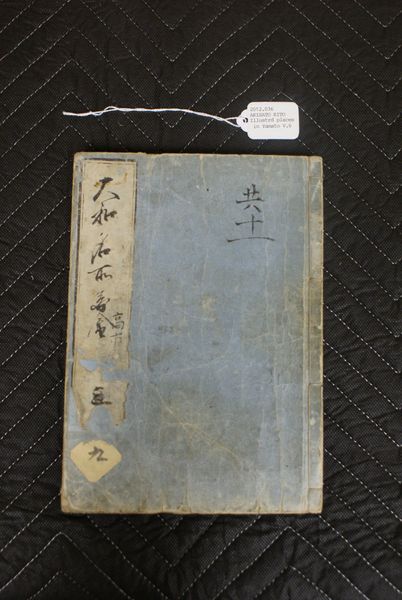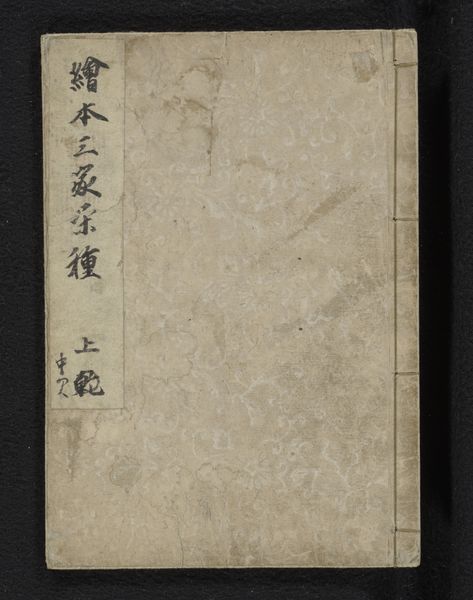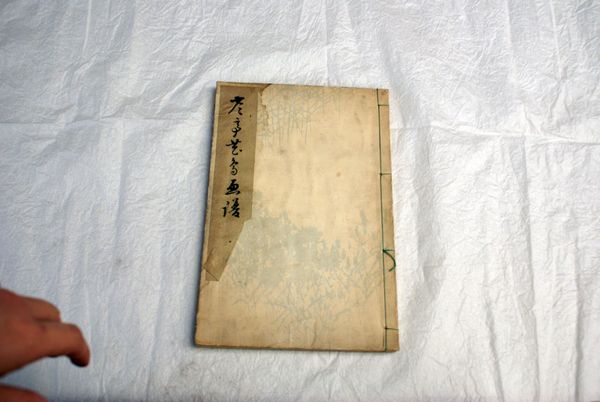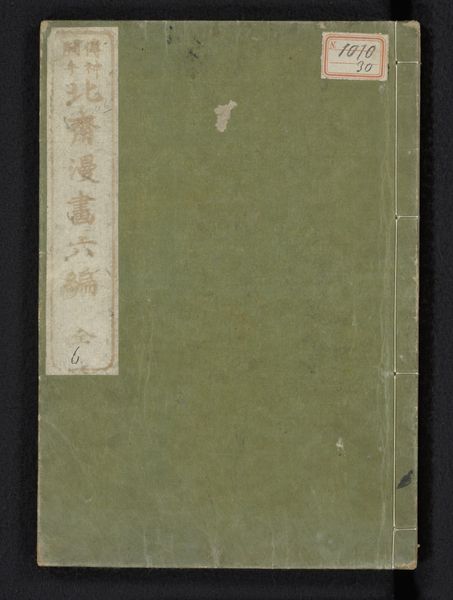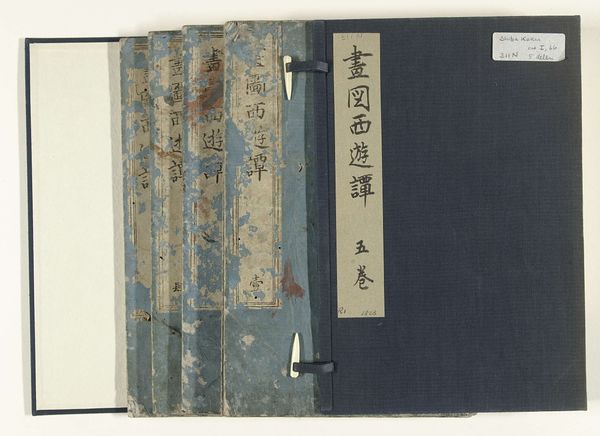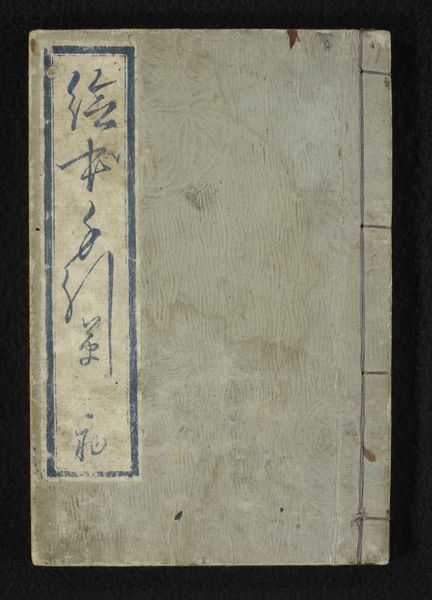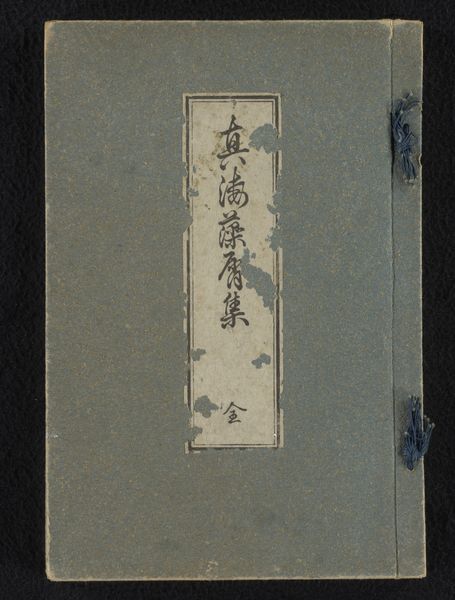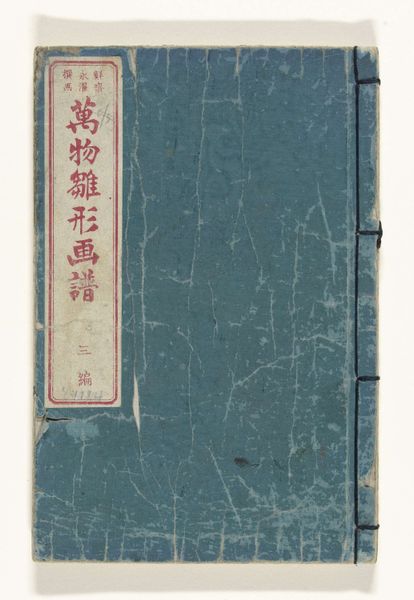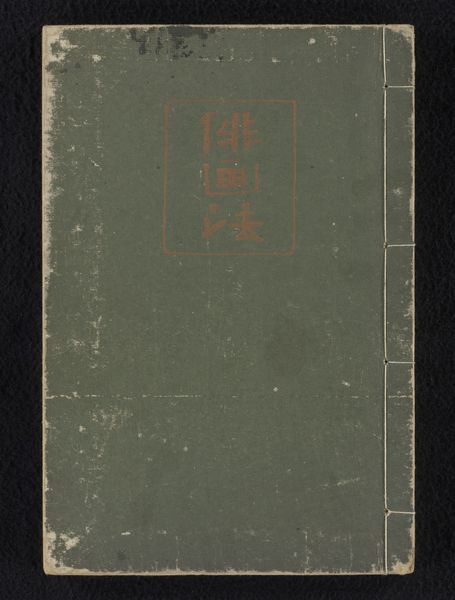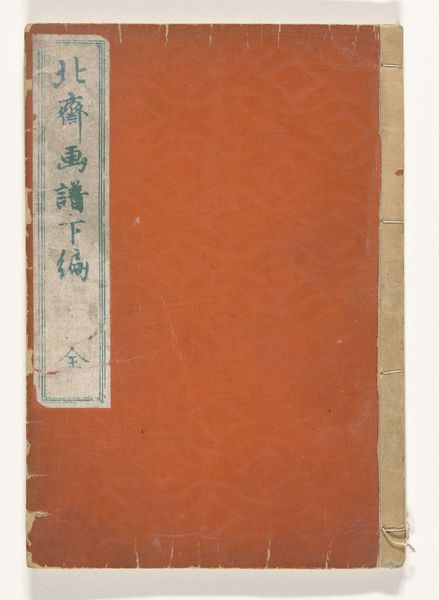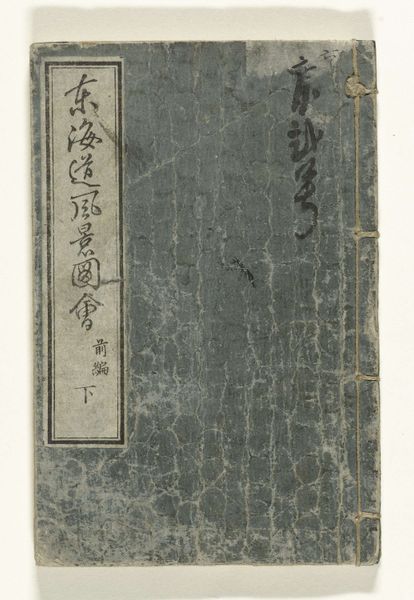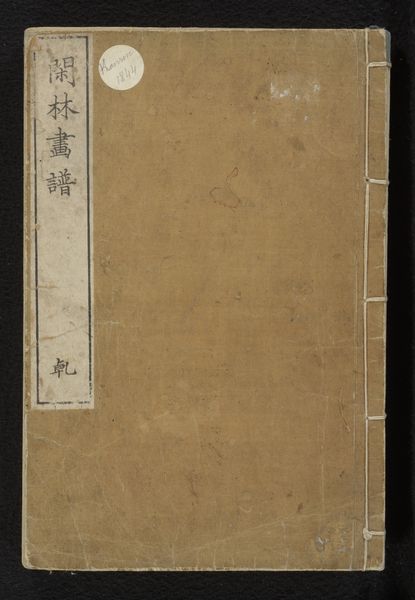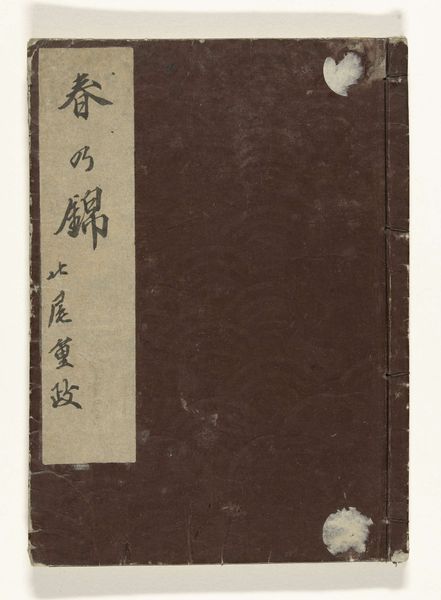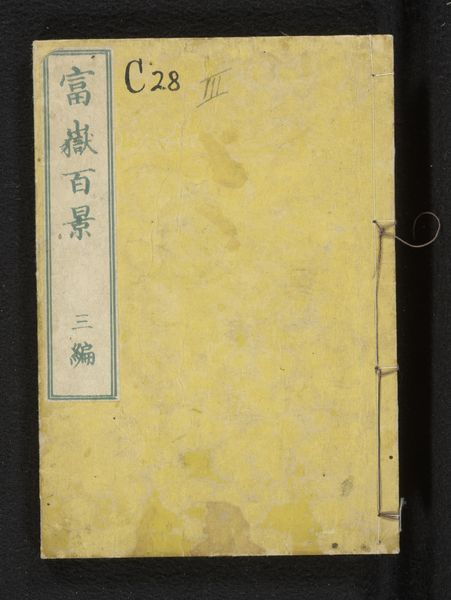
painting, print, paper, ink-on-paper, watercolor, ink
#
water colours
#
painting
# print
#
book
#
asian-art
#
landscape
#
ukiyo-e
#
japan
#
paper
#
ink-on-paper
#
watercolor
#
ink
#
line
#
watercolour illustration
#
miniature
#
watercolor
Dimensions: 8 3/4 × 6 × 3/16 in. (22.23 × 15.24 × 0.48 cm)
Copyright: Public Domain
Curator: It's wonderful to have you with us today to consider Kitagawa Utamaro's "Picture Book - Flowers of Words," a delicate ink-on-paper print created around 1818. The book resides here at the Minneapolis Institute of Art. Editor: My immediate impression is one of quiet fragility, even melancholy. The aged paper and muted tones evoke a sense of history and perhaps, the fleeting nature of beauty itself. The sparseness draws the eye inwards, doesn't it? Curator: Precisely. Ukiyo-e prints like this held immense cultural significance. Consider their accessibility; unlike paintings for the elite, these prints brought art to a wider audience, fostering a sense of shared cultural identity in Edo period Japan. Editor: Yes, and within that context, consider the power of those specific floral motifs. Are they plum blossoms, perhaps? They are traditionally laden with symbolism – resilience, renewal, even the transience of life which resonates profoundly through visual language. Curator: Indeed. These miniatures facilitated the circulation of ideas and aesthetics across social strata, impacting fashion, theater, and literature. Moreover, Utamaro himself became a celebrity. Editor: Thinking about this from an iconographic perspective, do the words themselves also act as symbolic entities, interwoven with the flowers? What role might calligraphy, so revered, have in constructing a total meaning of ephemeral beauty within the work? Curator: Absolutely, the "Flowers of Words" title emphasizes that relationship between image and text as central. The museum setting transforms it again: now an artifact representing a cultural and political milieu distant from its original, more quotidian function. Editor: It is remarkable how an artwork originally intended for relatively broad circulation becomes rarefied by time and institutional display. Seeing its physical condition – the tears, the aging – imparts a different sort of value now. The book almost becomes a symbol of survival. Curator: It truly invites us to contemplate the evolving narratives around art, doesn't it? The political economy of art history constantly at play even within these small pages. Editor: Reflecting on Utamaro’s piece reminds us that cultural objects carry multilayered meanings – simultaneously accessible and elusive and its quiet statement continues to touch us deeply.
Comments
No comments
Be the first to comment and join the conversation on the ultimate creative platform.
